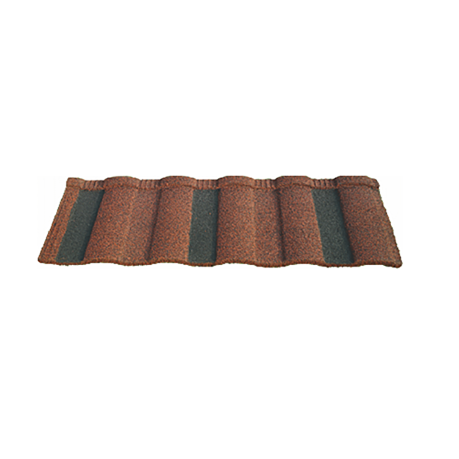
Dec . 05, 2024 04:23 Back to list
Benefits and Drawbacks of Aging Asphalt Shingles for Homeowners to Consider
The Longevity and Sustainability of Old Asphalt Shingles
Asphalt shingles have been a popular roofing material for decades, particularly in North America. Their affordability, ease of installation, and variety of colors and styles have made them a go-to choice for homeowners. However, like any product, asphalt shingles have a lifespan, typically ranging from 20 to 30 years. As these shingles age, they can present unique challenges and considerations for homeowners. Let’s explore the implications of aging asphalt shingles, their impact on sustainability, and alternatives for responsible disposal.
Old asphalt shingles often show signs of age, such as curling, cracking, and discoloration. These signs can compromise the integrity of the roof, leading to potential leaks and increased energy costs due to poor insulation. Homeowners with aging roofs should conduct regular inspections to assess the condition of their shingles. Early detection of issues can prevent costly repairs later.
One of the primary concerns with old asphalt shingles is their environmental impact. Traditional asphalt shingles are made from petroleum-based products, which raises sustainability issues as they age and eventually need to be replaced. When removed, asphalt shingles typically end up in landfills, where they can contribute to waste accumulation and greenhouse gas emissions. In the United States alone, millions of tons of roofing waste are generated each year, making it imperative to find more eco-friendly solutions.
old asphalt shingles

Fortunately, there are emerging strategies for recycling old asphalt shingles. Many companies are beginning to recycle shingles, breaking them down to create new products. Recycled asphalt shingles can be used in road construction, pavements, and even new roofing materials. This not only diverts waste from landfills but also conserves natural resources and reduces the demand for new raw materials.
Homeowners seeking to be more sustainable can also consider alternatives to traditional asphalt shingles. For instance, metal roofs are increasingly popular due to their longevity, durability, and recyclability. While the initial cost may be higher, metal roofs can last 50 years or more, making them a worthwhile investment in the long run. Additionally, materials like slate, tile, or eco-friendly synthetic shingles offer attractive options that are often more sustainable than their asphalt counterparts.
Another important factor to consider is the ventilation and insulation of the roofing system. Poor ventilation can lead to heat buildup, accelerating the aging process of asphalt shingles. Homeowners should ensure that their attic is well-ventilated and that insulation is adequate to promote energy efficiency, minimize heat effects on the shingles, and extend their lifespan.
In conclusion, the aging of asphalt shingles poses various challenges for homeowners, from structural issues to environmental concerns. It is essential to regularly inspect roofs, address any problems promptly, and explore recycling options to mitigate the environmental impact. Furthermore, considering alternative roofing materials can be a forward-thinking solution for those looking to invest in sustainability. By proactively addressing aging shingles and making responsible choices, homeowners can significantly contribute to a reduction in roofing waste and foster a more sustainable future for generations to come.
-
Stone Coated Metal Roof Tile-Nosen Tile: Durable & Stylish Roofing
NewsJul.23,2025
-
Durable Tiles Made of Clay for Modern Cladding Solutions
NewsJul.22,2025
-
Stone Coated Roman Tile Metal Roofing - Durable & Elegant
NewsJul.22,2025
-
Premium Roofing Granules for Sale - High Durability & Cost-Saving
NewsJul.21,2025
-
Durable Laminated Shingles for Weather-Resistant Roofing
NewsJul.21,2025
-
Rubber Roofing Shingles - Durable & Weatherproof SBS Rubber Asphalt Shingles for Homes & Businesses
NewsJul.08,2025







